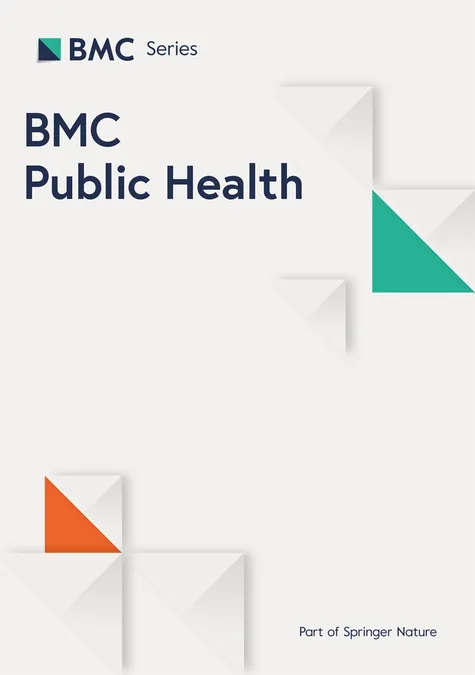
Unlocking Better Health: How Different Types of Health Literacy Transform Self-Management in Chronic Disease Patients
2025-05-14
Author: Li
Revolutionizing Chronic Disease Management Through Health Literacy
Effective self-management is critical for patients battling chronic diseases, offering a lifeline to mitigate health challenges. Yet, the role of health literacy—comprising functional, communicative, critical, and recently introduced distributed dimensions—gets less attention when assessing its impact across socioeconomic spectrums.
The Study: A Comprehensive Examination
This study aims to unravel how various health literacy dimensions affect the self-management behaviors of chronic disease patients, particularly across differing socioeconomic statuses. Researchers used a modified questionnaire to collect data from 590 patients, segregating them into high and low socioeconomic groups for a detailed analysis.
Shocking Findings: Health Literacy’s Powerful Impact
Results revealed striking disparities: for patients in the low socioeconomic group, both communicative (β = 0.262, P < 0.01) and distributed health literacy (β = 0.343, P < 0.01) significantly boosted self-management behaviors. In stark contrast, the high socioeconomic group benefited from critical health literacy (β = 0.253, P < 0.05) and distributed health literacy (β = 0.267, P < 0.01). Surprisingly, functional health literacy had no significant impact in either group.
Chronic Illness and Socioeconomic Inequity: A Unrelenting Struggle
The study emphasizes the glaring health disparities that exist along socioeconomic lines, commonly referred to as the "social gradient in health." Despite advancements in medical treatments, significant health inequalities remain, particularly among the socioeconomically disadvantaged.
The Hidden Power of Communicative and Distributed Health Literacy
For patients from lower socioeconomic backgrounds, the ability to communicate effectively about health matters was crucial. Their interactions within social networks enabled them to navigate and disseminate vital health information, which is often lacking in their educational and systemic resources. Meanwhile, distributed health literacy emerged as a game-changer, allowing individuals to leverage their social connections to overcome barriers in understanding health information.
Critical Health Literacy: A Double-Edged Sword?
Among the high socioeconomic group, critical health literacy played a significant role in enhancing self-management. This group’s higher education levels equipped them with the skills needed to evaluate and utilize health information effectively. In contrast, the lower group faced obstacles due to educational limitations, limiting their ability to apply critical health knowledge.
Guiding Future Health Strategies
The findings advocate for tailored health intervention strategies that address the multifaceted nature of health literacy. Rather than a one-size-fits-all solution, future strategies should recognize the intricate relationships between literacy and socioeconomic factors, enabling more equitable health outcomes.
Conclusion: The Key to Health Equity?
Fostering diverse health literacy dimensions can provide a scaffold for improved chronic disease management, particularly for disadvantaged populations. Emphasizing communicative and distributed health literacy not only helps patients take charge of their health but also combats entrenched socioeconomic disparities, paving the way for a healthier future.



 Brasil (PT)
Brasil (PT)
 Canada (EN)
Canada (EN)
 Chile (ES)
Chile (ES)
 Česko (CS)
Česko (CS)
 대한민국 (KO)
대한민국 (KO)
 España (ES)
España (ES)
 France (FR)
France (FR)
 Hong Kong (EN)
Hong Kong (EN)
 Italia (IT)
Italia (IT)
 日本 (JA)
日本 (JA)
 Magyarország (HU)
Magyarország (HU)
 Norge (NO)
Norge (NO)
 Polska (PL)
Polska (PL)
 Schweiz (DE)
Schweiz (DE)
 Singapore (EN)
Singapore (EN)
 Sverige (SV)
Sverige (SV)
 Suomi (FI)
Suomi (FI)
 Türkiye (TR)
Türkiye (TR)
 الإمارات العربية المتحدة (AR)
الإمارات العربية المتحدة (AR)